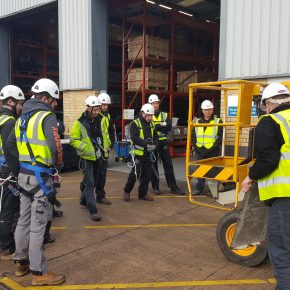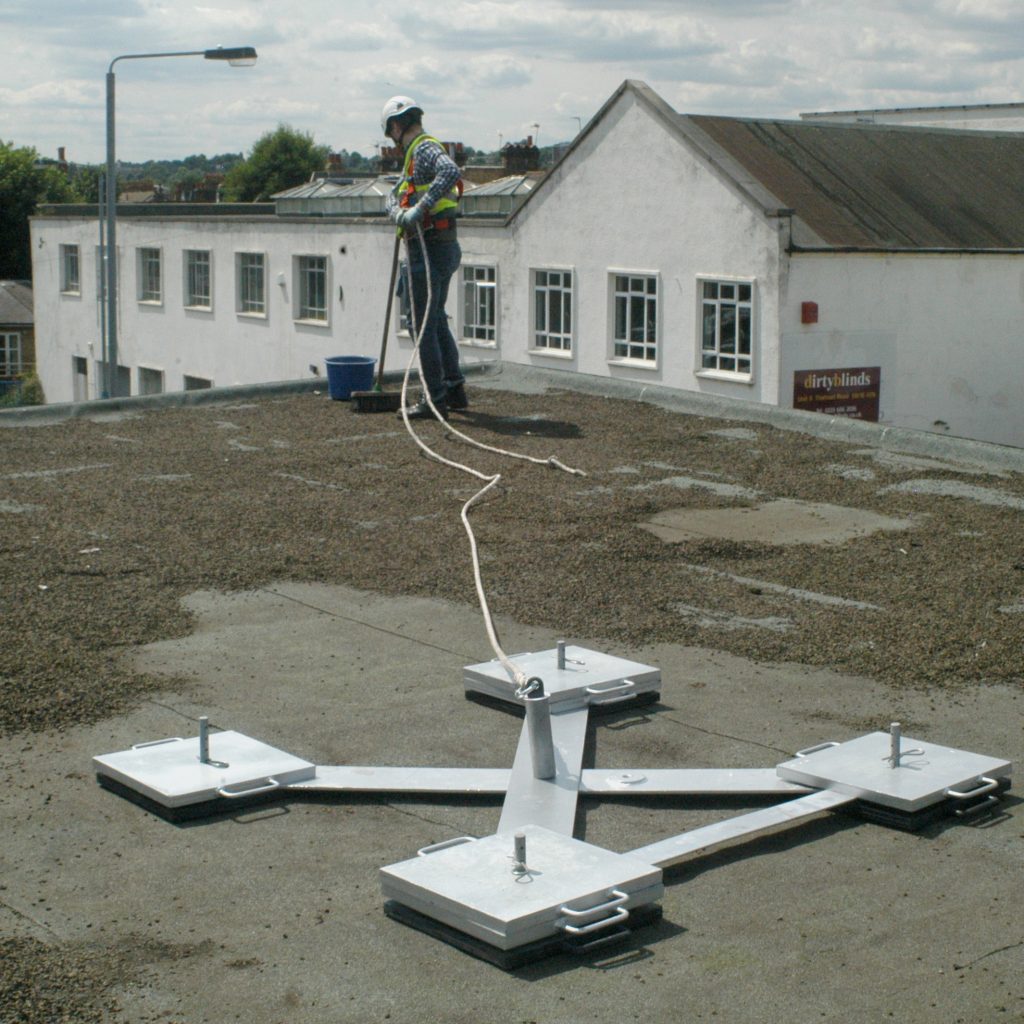
GUEST ARTICLE: Five most dangerous work at height myths
This article sees Richard Dyson, General Manager at Safesite, discusses the most common and dangerous working at height myths, and how they can be challenged.
Myth 1: ‘I’ll only be up there for a couple of minutes; I don’t need protection’.
This is one of the most common, and unfortunately dangerous, myths in the industry: the idea that short duration work does not require the same working at height safety equipment as longer jobs.
Although Work at Height Regulations do not specify a length of time after which fall protection equipment becomes mandatory, the correct equipment should be used from the moment you are working at height.
Employers are legally required to provide compliant fall protection equipment, and to ensure that risk assessments and rescue plans are in place prior to the work commencing.
Proper preparation is a vital part of working at height, preventing injuries and saving lives. No matter how long the work will take, you should make sure you have everything you need.
Myth 2: ‘It’s too expensive.’
Often, this is less a myth than wilful ignorance on the part of site owners or managers, and an excuse to cut corners and save some money.
To a point, it is true: fall protection systems, especially on larger roofs, can be a costly investment, but it is worth remembering that this is all relative. However, preventing accidents on site should be number one priority, especially if working at height is a common occurrence.
Investing in the correct equipment and PPE will minimise the chances of an incident occurring and, what’s more, absolve you of any legal consequences should one occur. The equipment might be a high initial cost, but when weighed against investigation fees, fines, compensation and, most importantly, the human cost, it is a small price to pay.

Myth 3: ‘It’s only a couple of metres, that’s not high.’
This myth comes from a basic understanding of what constitutes working at height. You do not have to be on a roof for the term to apply, just working off the ground is enough to put you ‘at height’ and therefore, at risk.
Most accidents logged as falls from height occur from negligible distances. The official definition of ‘work at height’ according to the Health and Safety Executive (HSE) is: ‘work in any place where, if precautions were not taken, a person could fall a distance liable to cause personal injury.’
If there is any risk of falling from the position you are working in, you are working at height, and you need to put the correct measures in place.
Myth 4: ‘I checked my equipment last week. It’s fine.’
One of the most misunderstood areas of working at height is the inspection and maintenance of fall protection systems. Many people are unaware of the legal requirements around equipment inspection, and frighteningly, a small number of workers rarely give their equipment more than a glance.
Regulations state that you should carry out a thorough inspection before each use. You should ensure all labels are correct, d-rings and attachments on harnesses are undamaged, cables on lifelines are not worn or corroded, and all sections of your equipment are in a visibly good condition.
If you do not think the system is safe to use, it should be taken out of commission immediately and replaced. Harnesses should also be cut up and disposed of, not just put away.
Furthermore, the law states all working at height equipment must be thoroughly inspected and re-certified by a competent, independent third party every 12 months. If you are responsible for site safety and cannot produce a valid certificate after an incident occurs, you might find yourself in hot water.
Myth 5: ‘It’s just common sense, isn’t it?’
No. Far more goes into staying safe when working at height than common sense. Though it is hugely important, this must be supported with the correct training, processes and equipment.
Common sense won’t do anyone any good if they are forced to carry out work on a roof without the correct equipment or risk management processes in place. In fact, anyone who claims to possess common sense would, in this situation, refuse to carry out the work at all.
Before any work begins, all risk assessments, working at height policies and rescue plans should be clearly communicated with those accessing the roof, and the correct equipment – recently inspected and re-certified – should be supplied to them allowing them to safely carry out the work, armed with more than their common sense.
The danger of myths
Some people might feel pressured to agree with these myths and carry out unsafe work, putting their lives at risk. This is extremely dangerous, and every worker should feel comfortable challenging these beliefs where they encounter them or seeking out support from management.
If you are responsible for site safety, you should ensure that these myths do not take root amongst your employees by providing the correct training and hiring only competent workers
Latest news

26th July 2024
Enfield Speciality Doors completes world-class project for Atlas Copco HQ
A rundown office and warehouse building completely transformed into a modern headquarters for Atlas Copco has been fitted with more than 120 internal fire doors from Enfield Speciality Doors.
Posted in Access Control & Door Entry Systems, Articles, Building Industry News, Building Products & Structures, Building Systems, Case Studies, Doors, Interior Design & Construction, Interiors, Posts, Restoration & Refurbishment, Retrofit & Renovation, Security and Fire Protection, Sustainability & Energy Efficiency, Timber Buildings and Timber Products, Wooden products
26th July 2024
Abloy UK launches new white paper
Abloy UK, a leading provider of security and access control solutions, has launched a new white paper.
Posted in Access Control & Door Entry Systems, Architectural Ironmongery, Articles, Building Industry News, Building Products & Structures, Building Services, Doors, Facility Management & Building Services, Health & Safety, Information Technology, Innovations & New Products, Publications, Research & Materials Testing, Security and Fire Protection
26th July 2024
MCRMA Member Profile: David Roy, Director of Roofconsult
David Roy of MCRMA member company Roofconsult has more than 50 years’ experience to draw upon working in the building envelope sector and a unique perspective on how it has changed in that time.
Posted in Articles, BIM, Infrastructure & CAD Software, Building Associations & Institutes, Building Industry News, Building Products & Structures, Building Services, Building Systems, Cladding, Information Technology, Restoration & Refurbishment, Retrofit & Renovation, Roofs, Walls
26th July 2024
Strand: Enhancing Door Functionality and Safety
Craig Fox, Sales Director for Strand Hardware, outlines how door industry professionals might apply door limiting stays…
Posted in Architectural Ironmongery, Articles, Building Industry News, Building Products & Structures, Building Services, Doors, Facility Management & Building Services, Health & Safety, Restoration & Refurbishment, Retrofit & Renovation
 Sign up:
Sign up: